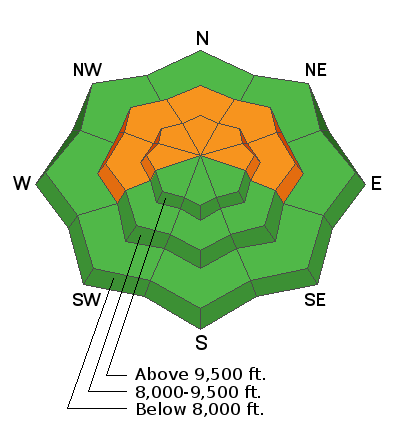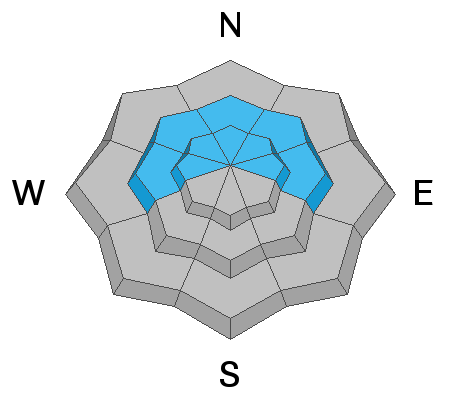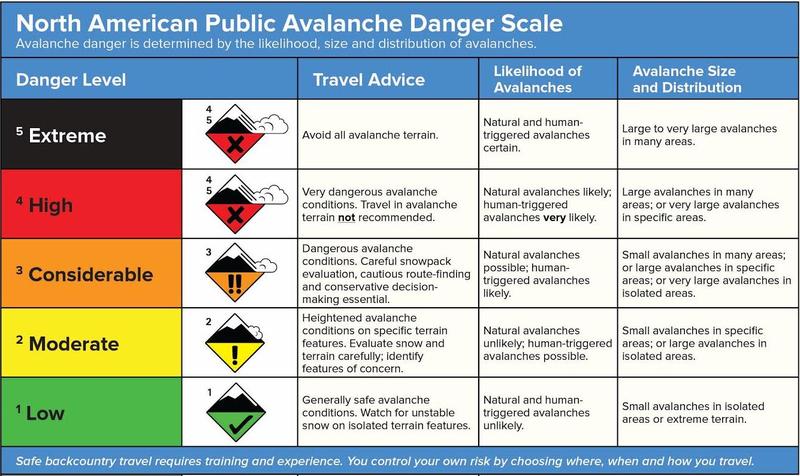Forecast for the Provo Area Mountains

Issued by Trent Meisenheimer on
Sunday morning, January 9, 2022
Sunday morning, January 9, 2022
Dense storm and wind-drifted snow have created a CONSIDERABLE avalanche danger on mid and upper elevation aspects facing west to north and east. Avalanches may break down 3-10 feet deep into old, weak snow near the ground. Dangerous avalanche conditions do exist.
For now, I'm still avoiding steep slopes on the north half of the compass until I see the weak snow near the ground gain some more strength.
For now, I'm still avoiding steep slopes on the north half of the compass until I see the weak snow near the ground gain some more strength.
Generally, safe avalanche conditions and LOW avalanche danger can be found on the southerly facing terrain and slopes below 8,000'.

Low
Moderate
Considerable
High
Extreme
Learn how to read the forecast here








